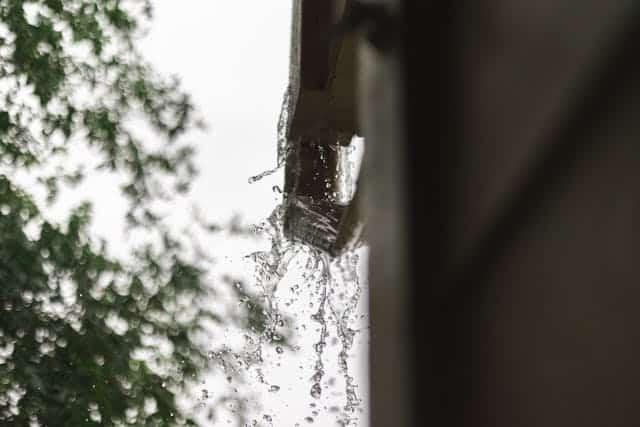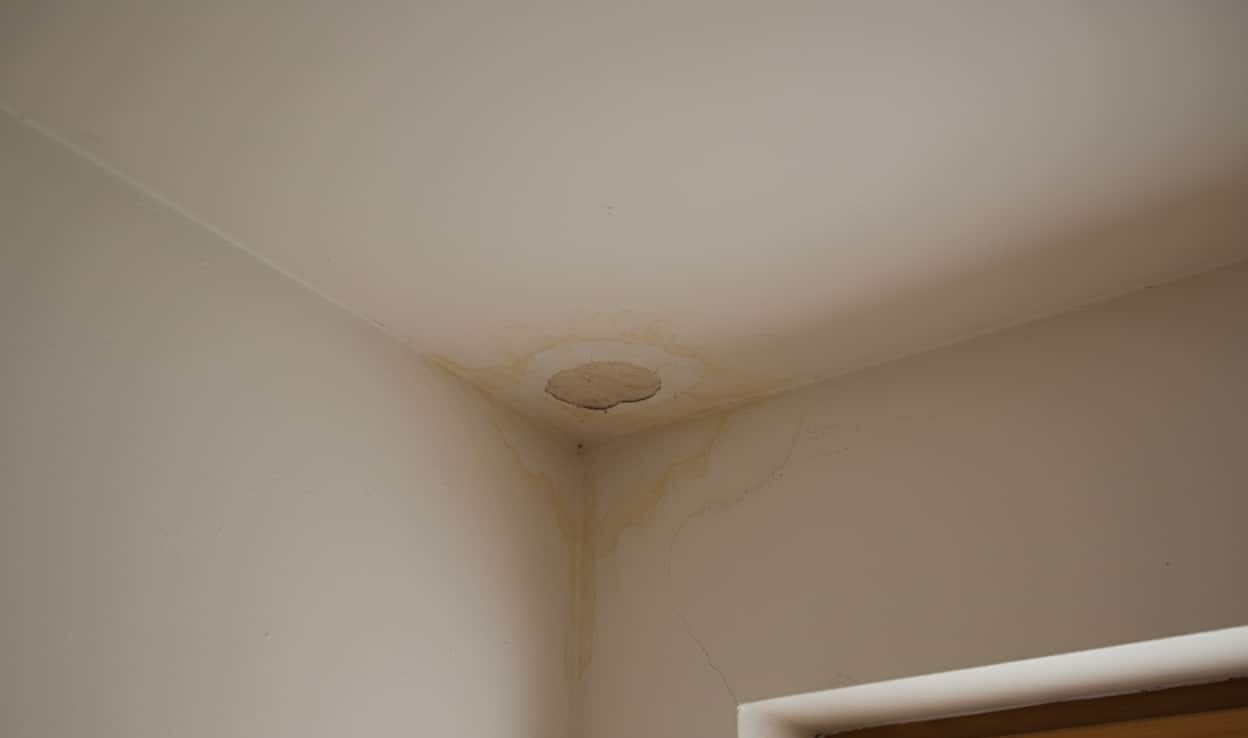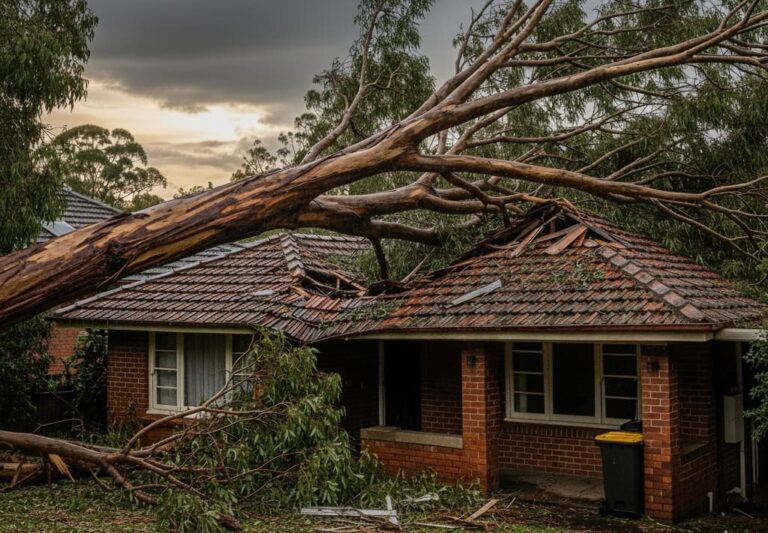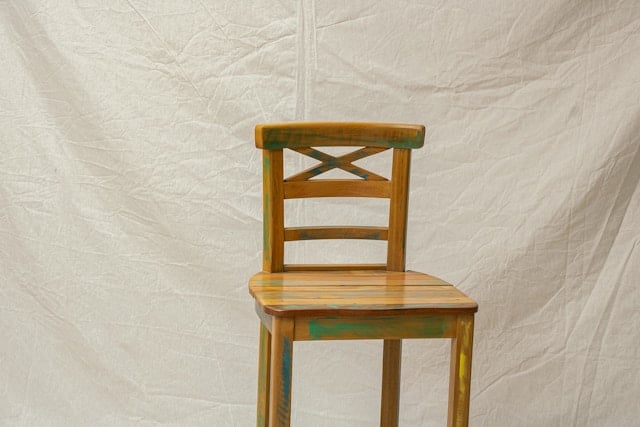Living in Sydney means dealing with some pretty intense weather. One minute it’s sunny and 30 degrees, the next we’re copping a massive downpour that can dump months of rain in just a few hours. I’ve been helping Sydney homeowners protect their properties for years, and I can tell you that most rain damage is completely preventable.
The key is getting ahead of the weather. Sydney’s storm season runs roughly from October through to March, but let’s be honest – we can get hammered by rain any time of year. The good news is that with some simple preparation and the right knowledge, you can keep your home dry and avoid those costly repair bills.
In this two-part guide, I’ll walk you through everything you need to know to protect your Sydney home from heavy rain damage. This first article focuses on prevention and immediate emergency response – the essential steps that can save you thousands in damage. In part two, we’ll look into long-term solutions, common problem areas, and Sydney-specific considerations for permanent protection.
Before the Storm: Essential Preparation Steps
The best time to protect your home from rain damage is when the sun is shining. I always tell my people that an hour of preparation can save you weeks of repairs and thousands of dollars in damage. Here’s what you need to do to get your Sydney home storm-ready.
Get Your Roof Storm-Ready
Your roof is your home’s first line of defence against Sydney’s heavy rainfall. I start every storm preparation with a good roof inspection, and you should too.
Here’s what to check during your roof inspection:
- Loose or missing tiles – especially common after Sydney’s windy weather
- Flashing condition – check around chimneys, vents, and skylights for rust or gaps
- Gutter attachment points – look for water stains, rust, or sagging sections
- Ridge capping – examine the curved tiles along your roof peak
- Valley areas – where two roof sections meet and debris collects
Don’t climb up there unless you’re confident and safe. Use binoculars from ground level to spot obvious problems. Sydney’s older suburbs are full of terrace houses with original tiles that shift over time, so pay extra attention if your home is more than 30 years old.
I recommend booking a professional roof inspection once a year, ideally before winter. A qualified roofer can spot problems you might miss and catch issues before they become expensive repairs. It’s a small investment that pays off big time when the storms roll in.

Sort Out Your Gutters and Drainage
If your roof is your first line of defence, your gutters are your second. I’ve lost count of how many Sydney homes I’ve seen flood simply because the gutters couldn’t cope with our intense rainfall.
Clean your gutters at least twice a year – once before storm season and once after. If you’ve got large trees around your property (looking at you, residents near Centennial Park), you might need to do this more often. Leaves, twigs, and even tennis balls can block your gutters and cause water to overflow straight into your home.
Don’t just clean the gutters, check your downpipes too. I’ve pulled everything from birds’ nests to children’s toys out of downpipes over the years. Water needs a clear path from your roof to the street, and any blockage can cause serious problems.
While you’re up there, look for gutters that are sagging or pulling away from the house. Sydney’s older homes often have gutters that weren’t designed for our modern rainfall intensity. If your gutters can’t handle a heavy downpour, it’s time for an upgrade.
Make sure water flows away from your foundation when it leaves the downpipes. I see too many Sydney homes where water pools right next to the house because the drainage wasn’t thought through properly. A simple downpipe extension can save you from foundation problems down the track.
If you’re surrounded by trees, consider installing gutter guards. They’re not foolproof, but they’ll reduce how often you need to clean your gutters and help prevent blockages during storms.
Prepare Your Property and Surroundings
Storm preparation isn’t just about your roof and gutters. The area around your home can either help protect you or create additional hazards when the weather turns nasty.
Take a walk around your property and look up at any trees near your house. Overhanging branches are probably the biggest cause of roof damage during Sydney storms. Even small branches can punch holes in tiles or damage gutters when they’re driven by strong winds.
Here’s something important to remember, you’ll need a council permit for any significant tree work in Sydney. Don’t just start chopping branches without checking the rules first. And for the wider NSW area local councils might have different requirements, so always check with your local council before you start.
If you live in an apartment or have a balcony, secure anything that could become a projectile. I’ve seen outdoor furniture, pot plants, and even barbecues get picked up by Sydney’s storm winds. It’s not just about protecting your own property – loose items can cause serious damage to neighbouring homes or hurt someone walking below.
Check that the ground around your house slopes away from your walls. Water should naturally flow away from your foundation, not towards it. If you’ve got flat areas where water pools after rain, you might need to add some soil or install better drainage.
Finally, clear any debris from around your property. Loose materials become dangerous in high winds and can block drains when they get washed around.
Check Windows and External Walls
Your windows and walls cop a beating during Sydney’s heavy rain, especially if you’re in an exposed location or near the coast. I always check these areas as part of storm preparation because small problems here can let in surprising amounts of water.
Start with your window seals. Press gently around the frames and look for any gaps or cracked sealant. Sydney’s temperature swings cause materials to expand and contract, which can break down seals over time. If you can feel air coming through when it’s windy, water will find its way in during heavy rain.
Check that your windows close properly and sit flush in their frames. Older Sydney homes often have wooden window frames that can warp over time. If your windows rattle in the wind, they’re not sealing properly and need attention.
Don’t forget to inspect your external walls for cracks, especially if you live in a brick home. Sydney’s clay soil moves with wet and dry seasons, which can cause small cracks in walls. These might seem harmless, but they’re like little funnels directing water exactly where you don’t want it.
Look around door frames and any joins between different materials. These spots are where water loves to sneak in, and they’re often overlooked during regular maintenance.
During Heavy Rain: Immediate Action Steps
Even with the best preparation, sometimes leaks happen. When Sydney gets hit with one of those intense storm cells that dump 30-40mm in half an hour, even well-maintained homes can develop problems. Here’s what to do when the water starts coming in.
When Leaks Start
When you discover a leak, follow these immediate steps:
- Stay calm – rushed decisions often make things worse
- Control the damage – place containers under leaks and move valuables away
- Document everything – take photos for insurance claims while damage is occurring
- Find the source – trace where water is actually entering (it may travel before dripping)
- Check for electrical safety – turn off power to affected rooms if needed
- Handle ceiling bulges carefully – puncture small holes for controlled drainage if collapse seems likely
The key is methodical damage control rather than panic.

Emergency Leak Management
Once you’ve got the immediate damage under control, you might be able to apply some temporary fixes. But remember – only do this if it’s safe. Never work on your roof during active storms or in dangerous conditions.
If you can safely access your roof and the leak source is obvious, a waterproof tarp can provide temporary protection. Use bricks or heavy objects to weigh it down securely. Make sure the tarp extends well beyond the damaged area and overlaps properly.
For small cracks or holes, emergency roofing sealant can buy you time until permanent repairs can be made. These products are available at Bunnings and most hardware stores around Sydney. Just remember that these are temporary solutions – proper repairs need to happen once the weather clears.
If your gutters are overflowing and causing problems, you might be able to clear obvious blockages like leaves or debris. But again, only do this if you can do it safely from a stable ladder or the ground level.
When in doubt, call for professional help. The NSW State Emergency Service (SES) is available on 132 500 for storm emergencies, and they’re experienced in dealing with Sydney’s weather conditions. For life-threatening situations, always call 000 immediately.
Taking Action: Your Next Steps
Prevention and quick response are your best weapons against Sydney’s heavy rainfall. The steps I’ve outlined in this article will handle most situations and prevent the majority of water damage problems.
Start this weekend with a basic inspection of your roof and gutters. Check your drainage after the next moderate rainfall. These simple actions will tell you if your home is ready for the next big storm.
But protection doesn’t stop here. In part two of this guide, I’ll cover the specific problem areas I see repeatedly in Sydney homes, long-term waterproofing solutions that actually work, and the local regulations and considerations that affect your choices.
We’ll also dive into insurance considerations, budgeting for protection, and how to choose the right professionals when you need help. Most importantly, I’ll share the maintenance schedules and upgrade strategies that keep Sydney homes dry year after year.
Remember, every home is different, and Sydney’s diverse housing stock means solutions vary widely. Whether you’re in a 1920s bungalow in Camperdown or a modern apartment in Pyrmont, the principles are the same – preparation, quick response, and ongoing maintenance.
Don’t wait for the next big storm to test your home’s defences. Start with these prevention steps now, and watch for part two where we’ll long term rain protection strategies.




